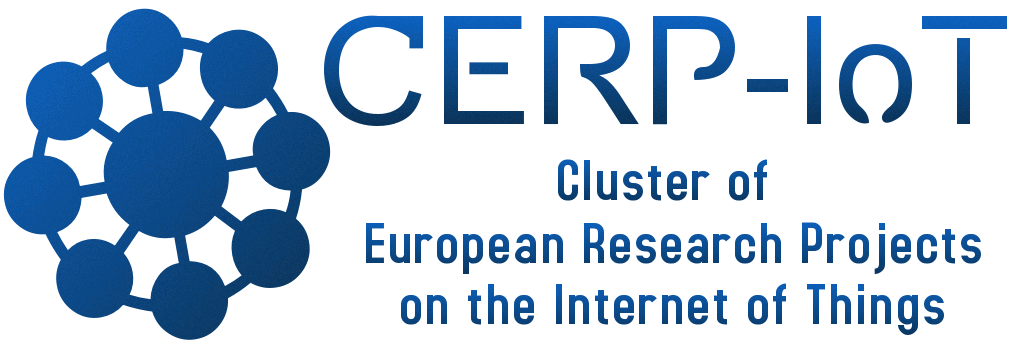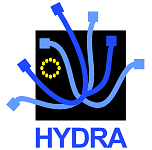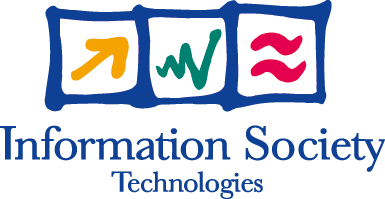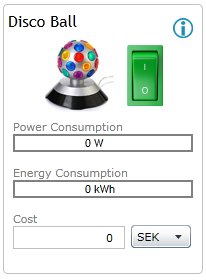Articles Hierarchy
EMBEDDED WISENTS
- 09 Jun 2007
- Related projects
- 4270 Reads
Full Name: | Cooperating Embedded Systems for Exploration and Control featuring Wireless Sensor Networks | |
Basic data: | Type of the project: | EU IST FP6 project, Coordination Action |
| IST SO: | Embedded systems | |
| Project Reference: | 004400 | |
| Launch: | September 2004 | |
| Duration: | 24 months (finished) | |
| Consortium: | 12 partners from 10 countries | |
| Coordinator: | Technische Universität Berlin, Germany | |
Webpage | http://www.embedded-wisents.org/ | |
Description: | Individual entities in
comlex technical systems might often have sufficed to efficiently
control such a system, the growing system complexity necessitates the
cooperation of individual entities. This is particularly true for
embedded systems. Embedded systems are characterized by their very need
to interact with the environment. This interaction can take place in the
form of sensing as well as actuation. In the interaction with,
exploration of and control of the environment, cooperation between
individual entities becomes a necessity. Wireless sensor networks are
one typical example of such cooperation. Such networks consist of
objects, individually capable of simple sensing, actuation,
communication, and computation, but only by cooperation the full
capabilities of such networks is reached. More generally, these networks
can cooperate themselves with other individual, intelligent objects,
other networks, other controllers, or even users via proper interfaces.
While these "cooperating objects" represent a potentially
disruptive technology, the concrete realization of this vision is still
unclear. This clarification is the essential goal of the coordination
action proposed here.
WiSeNts intends to explore the actual needs of manufacturers and appliers of this technology as well as the ensuing, most challenging research issues; to identify road blockers for progress; to present a roadmap how these road blockers can be removed; and to foster teaching and education to form a basis for future research. | |
| Relevance to HYDRA: | Important inspirations of WiSeNts project are the needs and approaches to design and development of wireless sensor networks and their applications, especially in the form of cooperative objects. | |





 The Hydra project is co-funded by the
The Hydra project is co-funded by the 


